“Our original forefathers left us a shared heritage that we have every right to be proud of.”
Zayed National Museum is the national museum of the United Arab Emirates. Located at the centre of Abu Dhabi’s Saadiyat Cultural District, it celebrates the rich history, culture and stories of the UAE and the timeless values of the country’s founder, the late Sheikh Zayed bin Sultan Al Nahyan, whose enduring example continues to guide the nation and its people today.
As we prepare to open our doors, enjoy a glimpse of what our museum will showcase.

©Department of Culture and Tourism - Abu Dhabi
70 million
years agoZayed National Museum’s oldest object is a fossil of a rudist clam, an ancient marine creature, from 70 million years ago. Now extinct, rudists (from the species Vaccinites vesiculosus) had a tube-shaped shell and were found in the coral reefs of the Tethys Sea. The warm tropical body of water once covered most of what is now the United Arab Emirates. The build-up of rudists helped create the reservoir rocks that accumulated oil deposits during the Cretaceous period, a time when dinosaurs swam the seas and roamed the planet. They have been used to identify where oil reservoirs are across the Middle East.
Over 300,000
years agoEvidence of the first humans in the region and their use of Palaeolithic stone tools dates back to over 300,000 years ago.
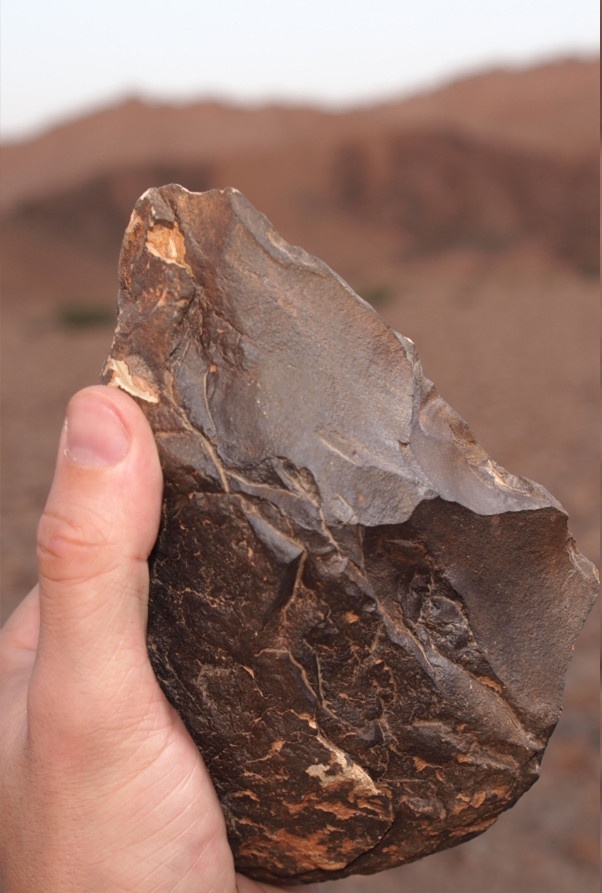
©Department of Culture and Tourism – Abu Dhabi
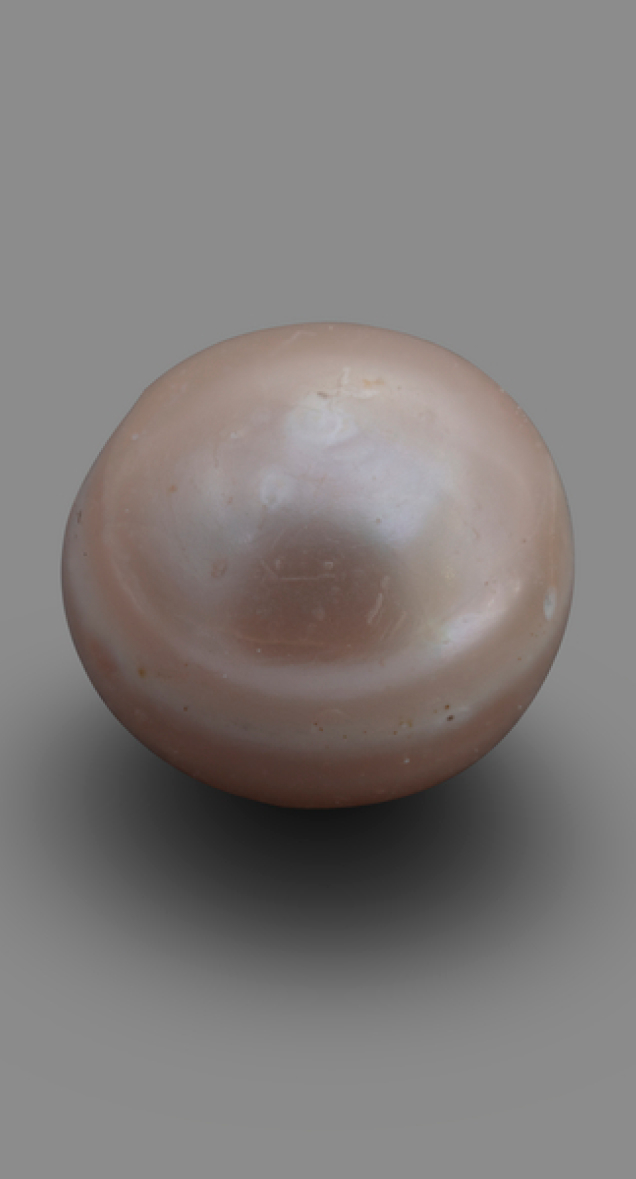
©Department of Culture and Tourism - Abu Dhabi
8000 - 3000
BCEDuring the Neolithic period, people used the rich land and sea resources. They moved from place to place but settled on some islands, such as Ghagha and Marawah. They made finely crafted stone tools, sailed boats to trade with their neighbours and dived for pearls. The pearl from Marawah is one of the earliest ever found.
3000 - 1300
BCEA Bronze Age culture emerged across the land. The people of this time mined the mountains for copper, built strong forts and commemorated their ancestors through monumental communal tombs.
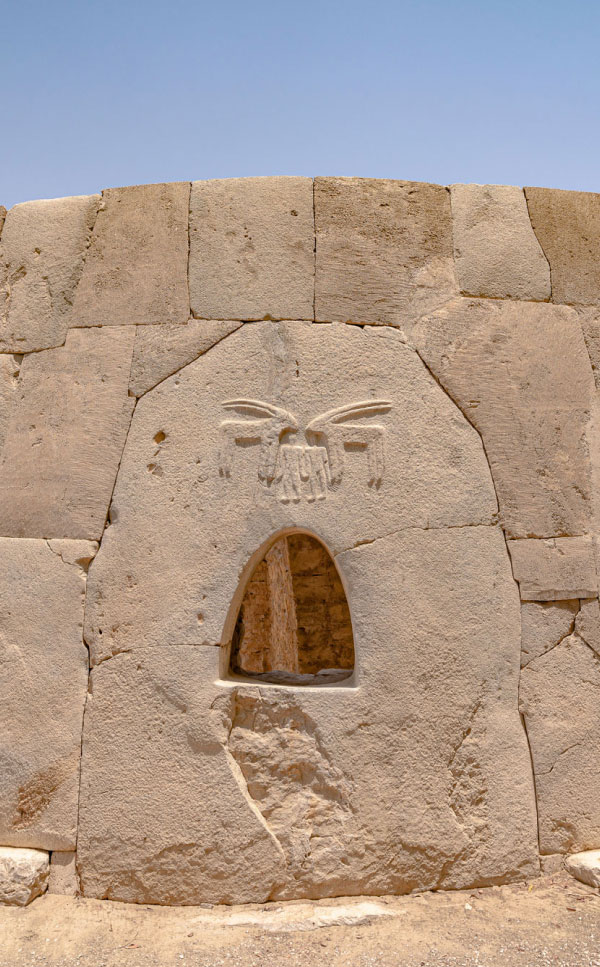
©Department of Culture and Tourism - Abu Dhabi
1000
BCEThe falaj irrigation system, invented by our ancestors, transformed and nourished the landscape. It used community knowledge that had developed over centuries to overcome climatic and environmental challenges. As a result, agriculture flourished.
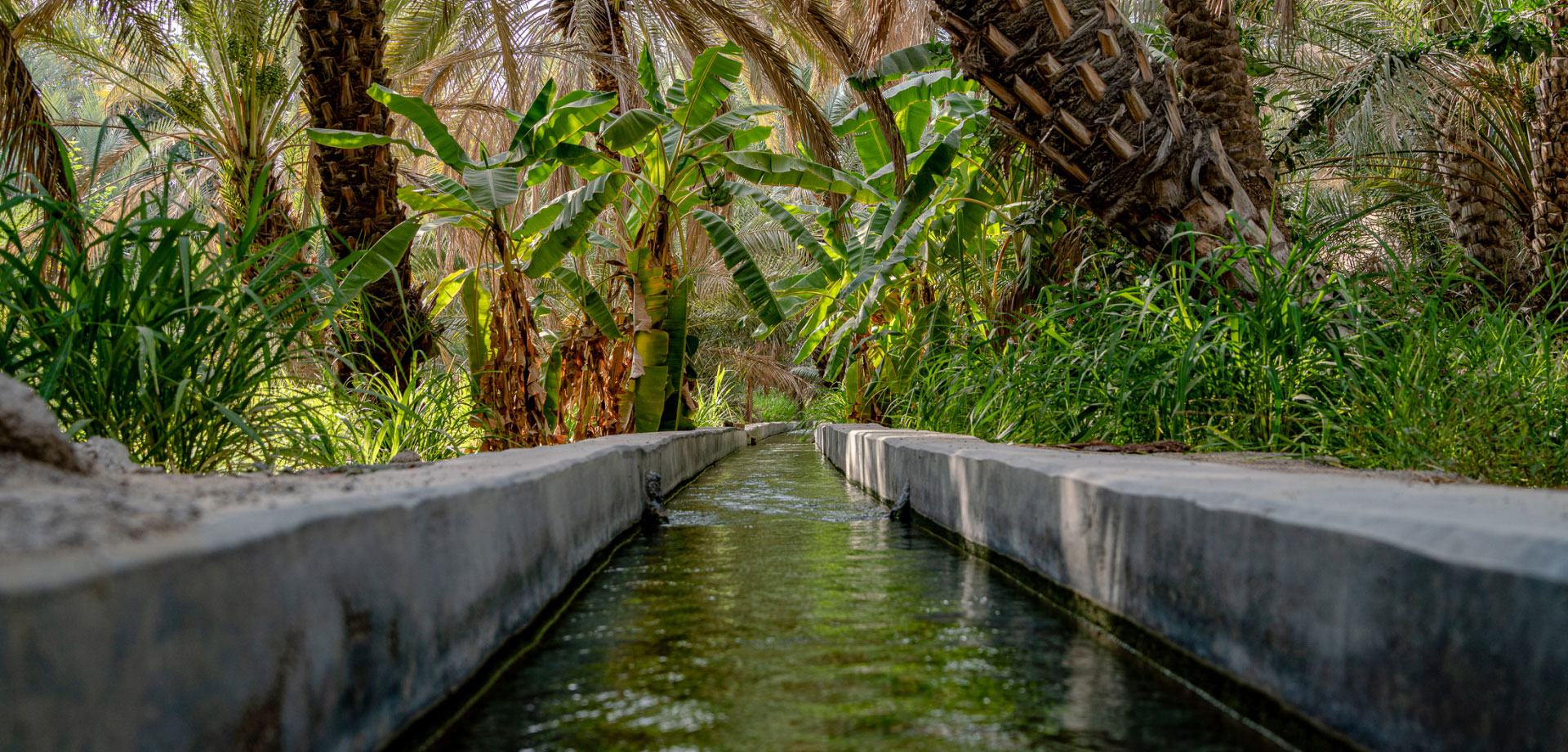
©Department of Culture and Tourism - Abu Dhabi
300
BCE-
300
CEThe first coins used on this land were made in the 3rd century BCE. Many of them have a short inscription in Aramaic that mentions the ruler’s name: Abiel. Trade and commerce flourished with the rest of Arabia.
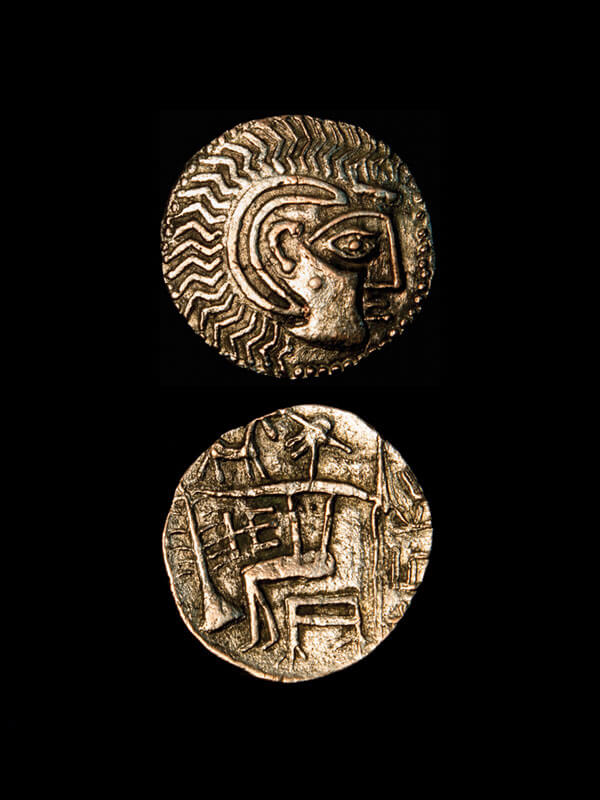
©Department of Culture and Tourism - Abu Dhabi
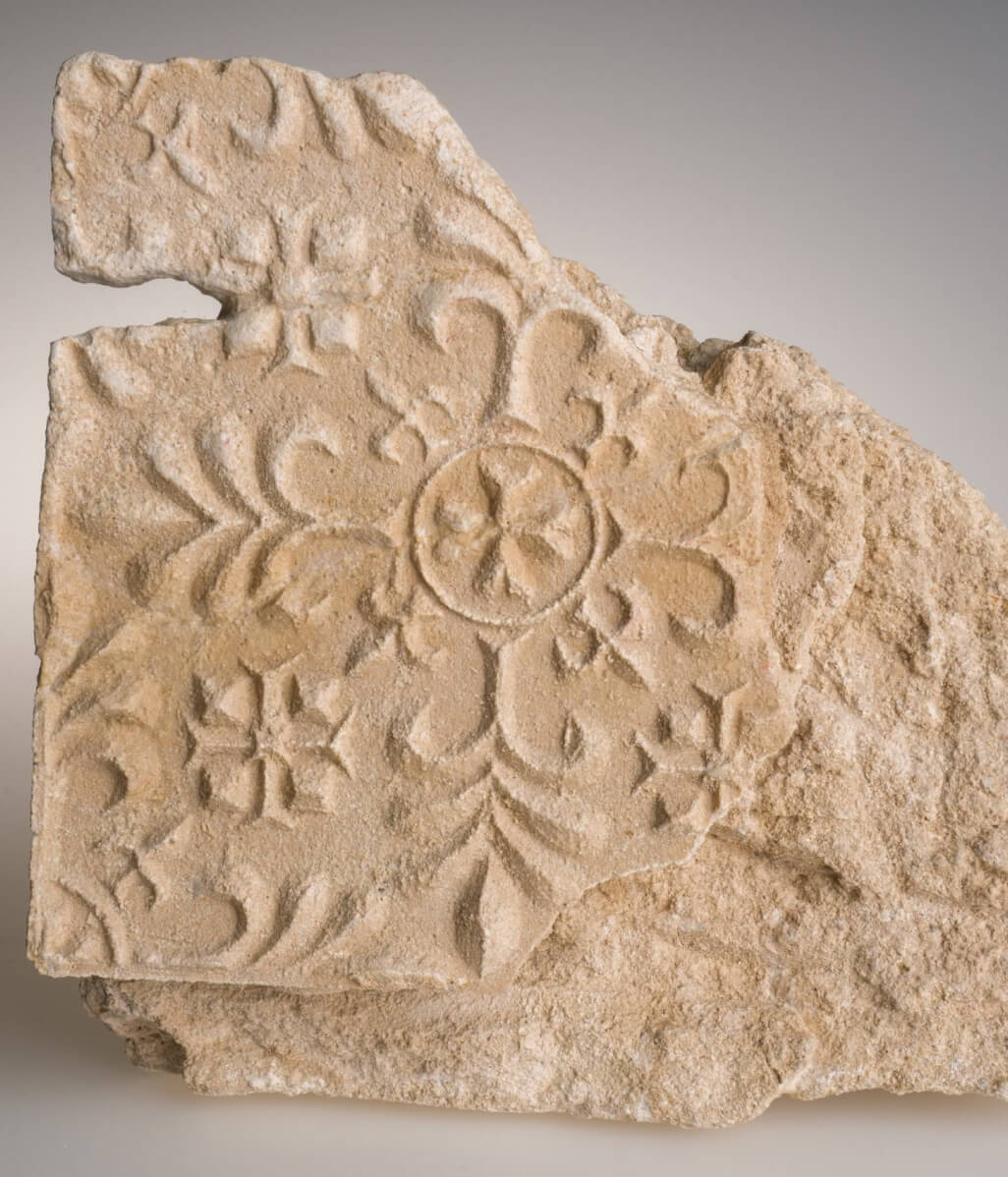
©Department of Culture and Tourism - Abu Dhabi
600 - 1000
CEDuring the lifetime of the Prophet Muhammad (PBUH), the region that is now the UAE was one of the earliest to accept Islam. The earliest mosque in the UAE has been uncovered in the Mutaredh area of Al Ain in Abu Dhabi. It dates to the Abbasid period (9th and 10th centuries CE).
Sir Bani Yas Island was at the centre of a connection between the Arabian Gulf and the broader world. When Islam flourished across the land, a small group of Christians continued to practise their faith in a monastery and a church on this island.
1400 - 1500
Julfar, the home of Ibn Majid, the most important Arab navigator of the 15th century, was the centre of maritime trade that linked Africa, the Mediterranean and China. The expansion of trade brought attempts by European powers, such as the Portuguese, to control parts of what is now the UAE. They were defeated, and a stronger sense of national identity emerged.
Fragments of Chinese imperial ceramics of this style have been excavated in Ras Al Khaimah, at the site of the historic trading centre of Julfar.
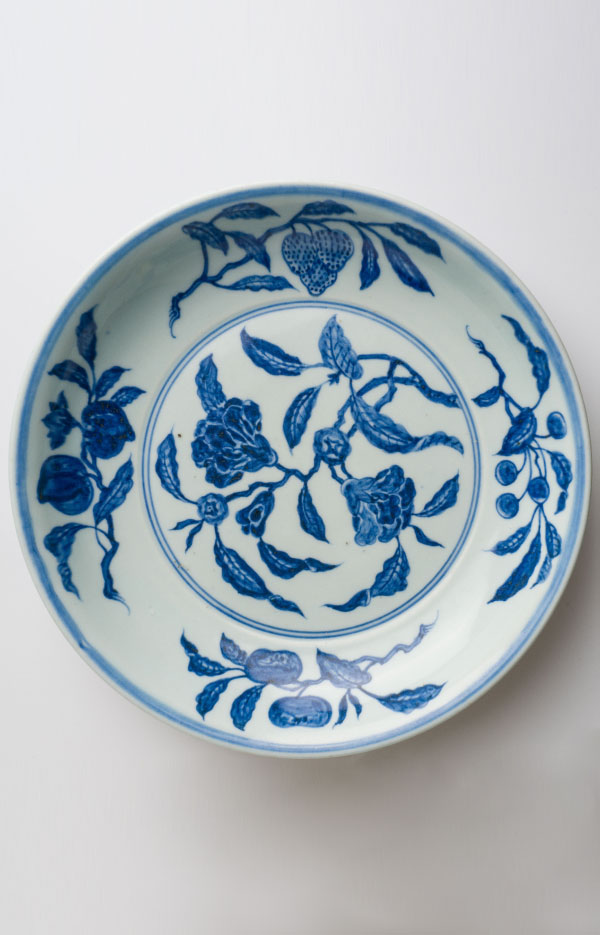
©Department of Culture and Tourism - Abu Dhabi
1500 – 1700
One of the UAE’s largest tribal groupings, the Bani Yas, begin to appear in historical sources. Originally based in the Liwa Oasis, in the 18th century they moved to the island of Abu Dhabi, where they established a strong fort that would come to be known as Qasr Al Hosn. The nation’s capital was born.
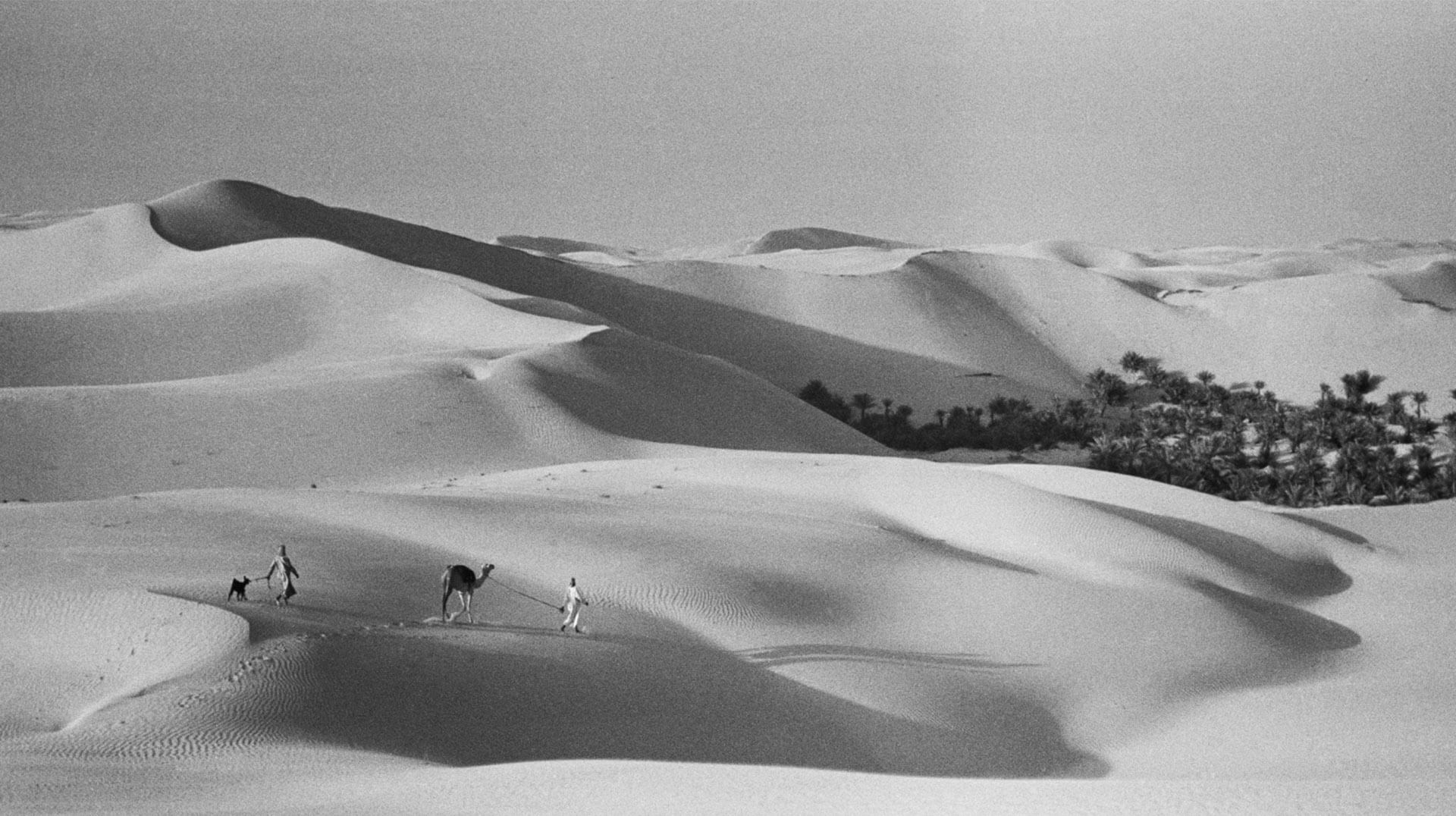
Sir Wilfred Thesiger © Pitt Rivers Museum
1700 - 1900
The Qawasim established themselves as a major nautical and economic power in what is now Ras Al Khaimah and Sharjah and across the Arabian Gulf. Increasingly, the British intervened in the Arabian Gulf, eventually leading to clashes and attacks upon cities in the north of the country.
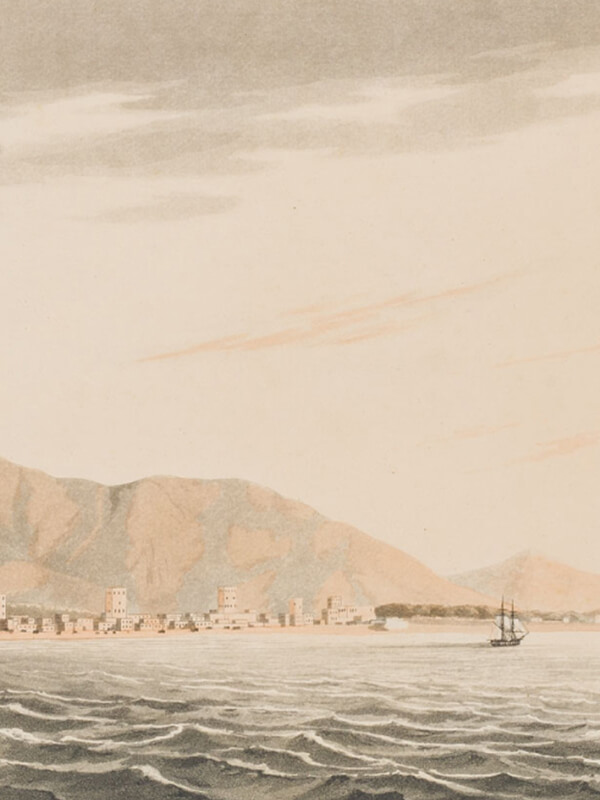
©Department of Culture and Tourism - Abu Dhabi
1966 - 1971
In 1966, the UAE’s Founding Father, Sheikh Zayed bin Sultan Al Nahyan, became Ruler of Abu Dhabi. He initiated a programme of economic development and began creating the modern nation state of the UAE, working alongside his brothers in the other emirates.
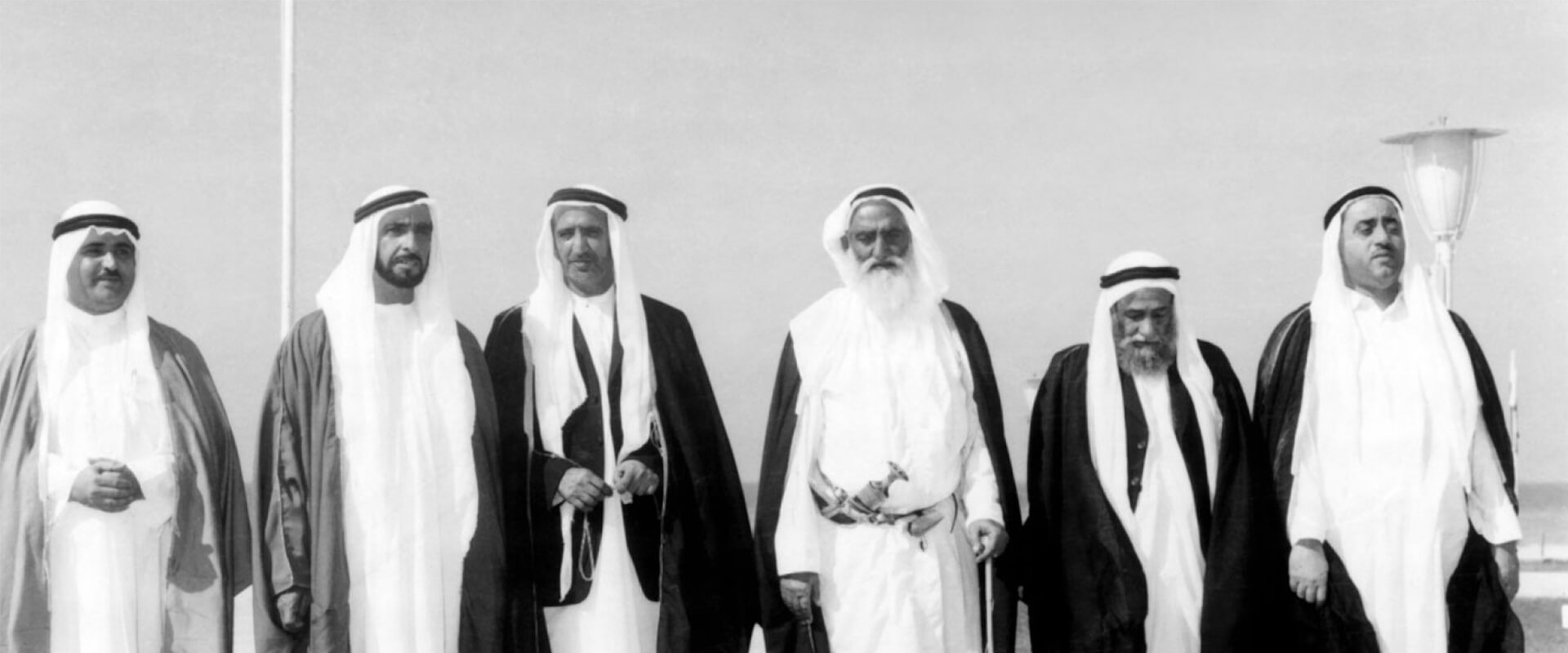
National Library and Archives
On 2 December 1971, the United Arab Emirates came into being. Its Founding Father is still revered for his leadership, wisdom and humility. His vision had a transformative impact on the quality of life in the UAE, making it a prosperous and progressive modern nation.
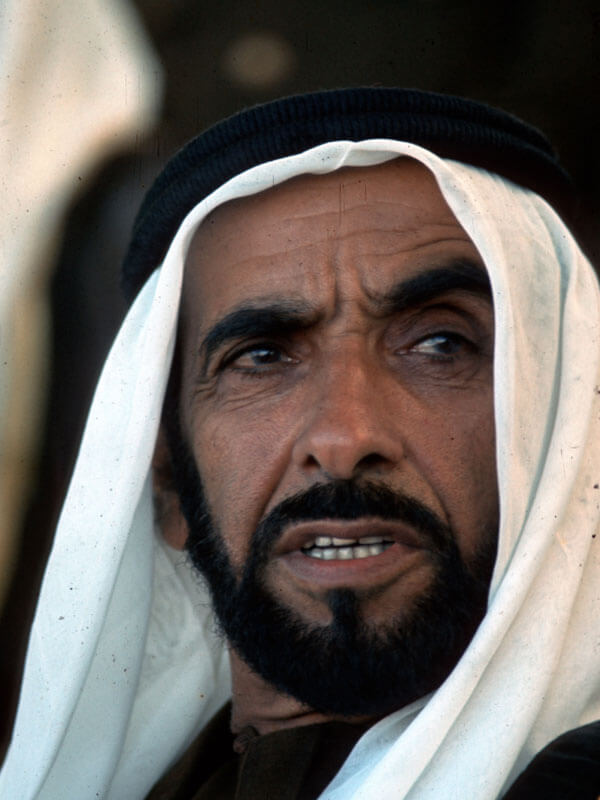
©Department of Culture and Tourism - Abu Dhabi
Coming soon
Zayed National Museum, coming soon to the Saadiyat Cultural District, celebrates the rich history, culture and stories of the UAE and the timeless values of the country’s founder, the late Sheikh Zayed bin Sultan Al Nahyan, whose enduring example continues to guide the nation and its people today.
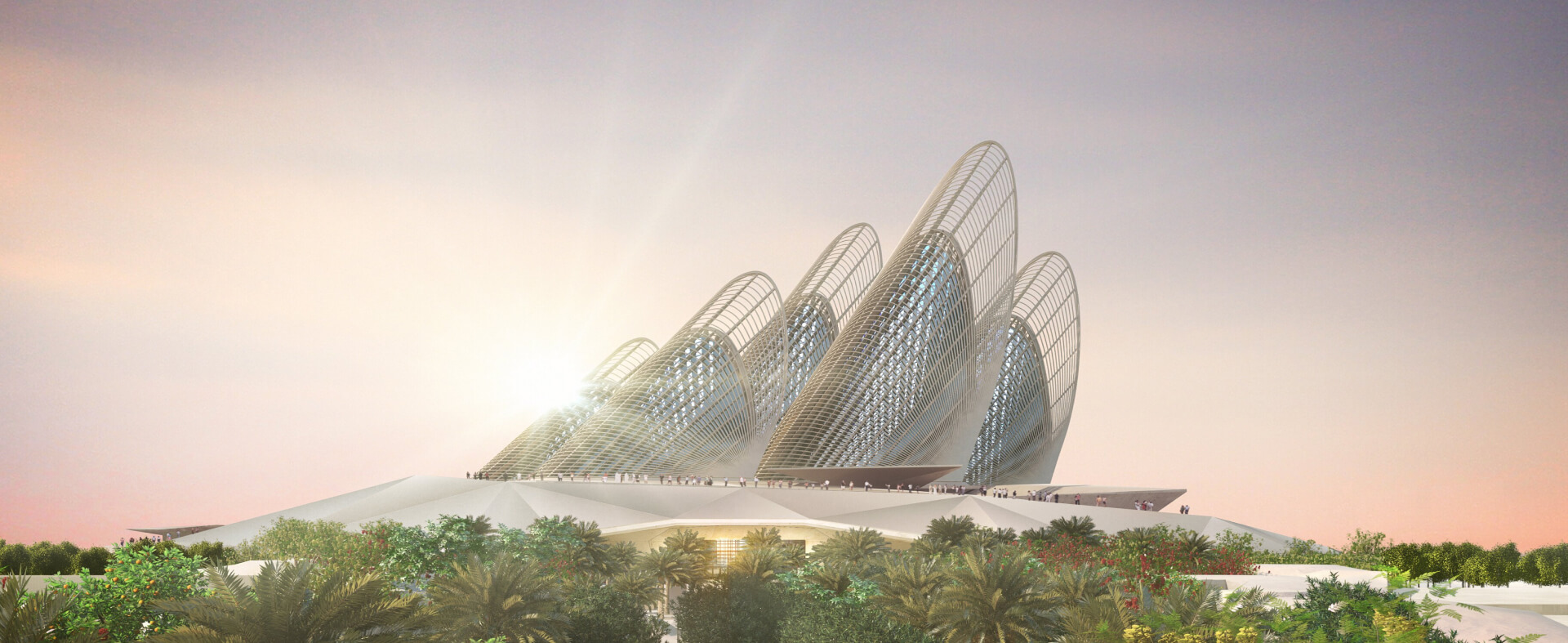
Zayed National Museum © Foster+Partners